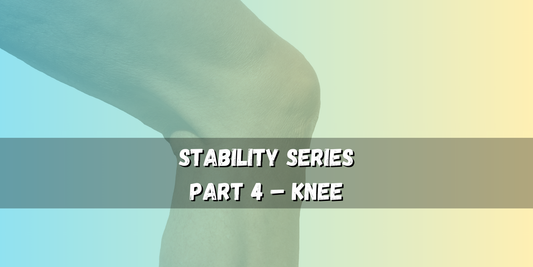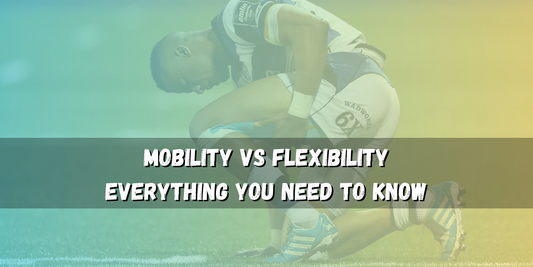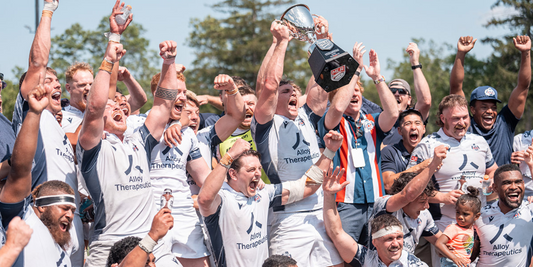If you want to beat defenders, chase down breaks, and shift the momentum of a game, you need speed—real, rugby-specific speed.
This article breaks down how to build game-ready acceleration, top-end speed, and change-of-direction ability using proven training strategies. You’ll learn how to train smart, move fast, and transfer your sprint work directly onto the pitch.
You’ll also get access to a free 5-day rugby speed training plan—complete with sprint drills, power movements, and agility work designed for every level.
Here’s how the full series looks like:
- Part 1: How to Build a Strong Core for Rugby
- Part 2: How to Build Strong Legs for Rugby
- Part 3: How to Build Strong Shoulders for Rugby
- Part 4: How to Build a Strong Back for Rugby
- Part 5: How to Build a Strong Neck for Rugby
- Part 6: How to Build Strong Wrists and Grip for Rugby
- Part 7: How to Build Strength for Rugby
- Part 8: How to Build Power for Rugby
- Part 9: How to Build Speed for Rugby
Let’s close the series with one of rugby’s most game-breaking qualities: speed.
WHY SPEED MATTERS IN RUGBY
Speed changes games. Whether you’re a forward chasing a line break or a back looking to finish in space—speed lets you make plays that others can’t.
In rugby, speed helps you:
- Beat defenders in open field
- React quickly off the line or at breakdowns
- Close space on defense and make dominant tackles
- Support teammates with urgency
- Turn momentum with one burst
Speed is what separates average athletes from game-changers.
UNDERSTANDING SPEED FOR RUGBY
Speed isn’t just top-end sprinting. It’s a combination of several components:
1. Acceleration
Short bursts from a static position—critical in most rugby plays.
2. Max Velocity
Top-end sprinting over 20–40 meters—seen in open field runs and chases.
3. Deceleration & Re-acceleration
Slowing down and changing direction efficiently without losing control.
4. Agility & Reactive Movement
Responding to visual cues and shifting direction rapidly—key in defense and support play.
To train rugby speed, you need to build all four.
RUGBY-SPECIFIC SPEED DEMANDS
Speed in rugby is:
- Multi-directional (not just linear)
- Short burst-focused (under 20 meters)
- Under fatigue (later in the game)
- Decision-based (not just sprinting, but reacting)
That means training should simulate rugby environments—not just track-style sprints.
THE TRAINING PROGRESSION
Speed development follows a rhythm: technique → acceleration → velocity → agility → fatigue resilience.
1. Sprint Mechanics & Drills
Start by reinforcing proper form:
- Wall drills and march progressions
- A-skips, B-skips, high knees
- Arm swing mechanics and posture drills
2. Acceleration & Start Work
Train short burst power:
- Hill sprints or incline sprints for acceleration and force production
- Stair sprints or stair bounds in stadium stands to build explosive drive and coordination
3. Max Velocity Sprinting
Build top-end speed:
- Plyometric bounds and split jumps to enhance stride efficiency and reactivity
4. Agility & Change of Direction
Move in all directions:
- Cone drills and reactive footwork
- Mirror drills with a partner
- Short shuffle-sprint-repeat patterns
5. Fatigue-Based Speed Work
Simulate match conditions:
- Sprint circuits after a gym lift
- Tempo runs with short rest
- Small-sided games with sprint constraints
Progress from technique → pure speed → agility → decision-making → fatigue-resistance.
KEY TAKEAWAY: SPEED = GAME-BREAKING POTENTIAL
Speed is a weapon. In rugby, it creates gaps, closes space, and turns half chances into tries.
If you want to separate yourself from the pack—on both sides of the ball—you need to train speed with structure and intent. Get faster. Stay sharp. And make your speed count.
GET YOUR FREE SPEED TRAINING PLAN
Want to train for rugby speed—not just fast running, but game-ready movement? Enter your email below to get your free copy. We’ll send it straight to your inbox.
This free PDF includes 5 rugby-specific speed sessions with:
- Sprint mechanics and start drills
- Acceleration and agility blocks
- Fatigue and reactive movement work
Download it now and start training like a rugby athlete.
If you found this article helpful, don’t forget to:
- Like and share this post with your teammates and fellow rugby fans
- Bookmark the blog to stay updated on the next rounds
- Follow @gopeakrugby on X and Facebook and subscribe to our Youtube Channel for more rugby analysis, match recaps, and insights


















